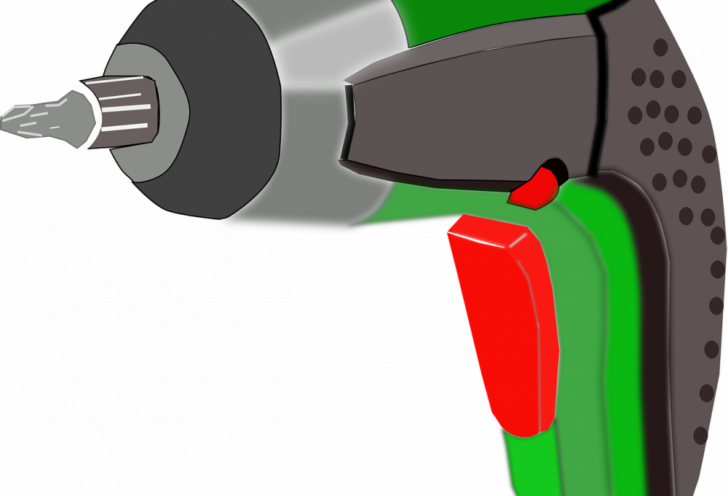Renovera trappan med klickgolv

Introduction:
Renovating a staircase can be a daunting task, but with the advent of click flooring, it has become much easier and more accessible for homeowners to take on this project themselves. In this article, we will provide a comprehensive overview of renovating a staircase with click flooring, including what it is, the different types available, popular options, quantitative measurements, differences between various options, and a historical review of the advantages and disadvantages of using click flooring for staircase renovations.
I. Overview of renovating a staircase with click flooring:

Renovating a staircase typically involves removing the existing flooring, preparing the subfloor, and installing a new surface. Click flooring, also known as interlocking or snap-together flooring, offers a convenient alternative to traditional methods. With click flooring, individual pieces are designed to easily snap or click together, eliminating the need for adhesives or nails.
II. Presentation of renovating a staircase with click flooring:
1. What is click flooring?
Click flooring is a type of floating floor system that consists of interlocking planks or tiles. These planks or tiles have tongues and grooves on the edges, allowing them to fit together seamlessly. This eliminates the need for glue or nails during installation and makes it easier for homeowners to achieve a professional-looking result.
2. Types of click flooring for staircases:
There are various types of click flooring available for staircase renovations, including laminate, vinyl, and engineered wood. Laminate click flooring offers a cost-effective option with a wide range of styles and finishes. Vinyl click flooring is highly durable, waterproof, and easy to clean, making it suitable for high-traffic areas like stairs. Engineered wood click flooring combines the elegance of hardwood with the convenience of click installation.
3. Popular options for renovating staircases with click flooring:
Some popular options for renovating staircases with click flooring include oak laminate, luxury vinyl plank, and engineered wood. Oak laminate provides a classic look and is available in various shades to match different interior styles. Luxury vinyl plank offers the appearance of real wood or stone with enhanced durability and moisture resistance. Engineered wood click flooring provides the elegance of hardwood while being more stable and resistant to moisture and temperature fluctuations.
III. Quantitative measurements for renovating a staircase with click flooring:
When renovating a staircase with click flooring, it is essential to measure the dimensions accurately. These measurements include the length, width, and height of each step, as well as the overall length of the staircase. Additionally, measuring the riser height and tread depth helps ensure a snug fit and proper alignment of the click flooring planks or tiles.
IV. Discussion of the differences between various click flooring options:
While click flooring offers a convenient solution for renovating staircases, different options can vary in terms of durability, maintenance requirements, and aesthetics. Laminate click flooring, for example, is durable and easy to maintain but may not have the same level of authenticity as hardwood or engineered wood. Vinyl click flooring, on the other hand, provides excellent durability and waterproof properties but can be susceptible to scratching. Engineered wood click flooring combines the benefits of both laminate and vinyl, offering a natural wood look with improved stability and resistance to moisture.
V. Historical review of the advantages and disadvantages of renovating a staircase with click flooring:
Over the years, renovating staircases with click flooring has gained popularity due to its ease of installation, cost-effectiveness, and aesthetic versatility. However, it is important to consider both the advantages and disadvantages before making a decision. Advantages include the ability to achieve professional results without professional assistance, a wide range of design options, and easier maintenance compared to traditional flooring materials. On the other hand, disadvantages may include potential noise issues, limitations in customizability, and the inability to refinish or repair individual pieces in case of damage.
Conclusion:
Renovating a staircase with click flooring has become a viable option for homeowners seeking to update the look of their stairs. With a variety of materials, styles, and finishes available, it is now easier than ever to achieve professional results without professional assistance. However, it’s important to carefully consider the specific type of click flooring that suits the needs of both the staircase and the homeowner. By understanding the differences between options, taking precise measurements, and weighing the pros and cons, homeowners can confidently embark on their staircase renovation project using click flooring.





















